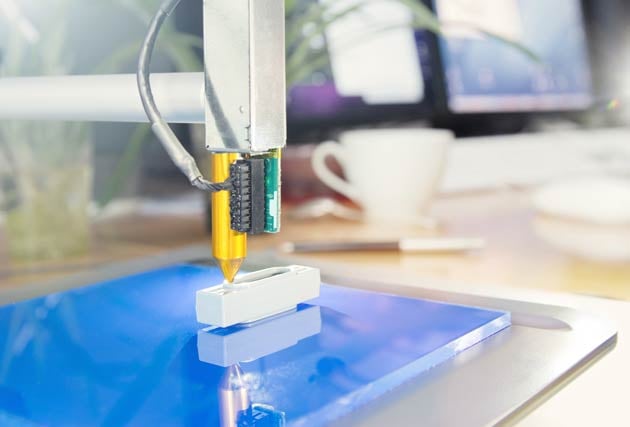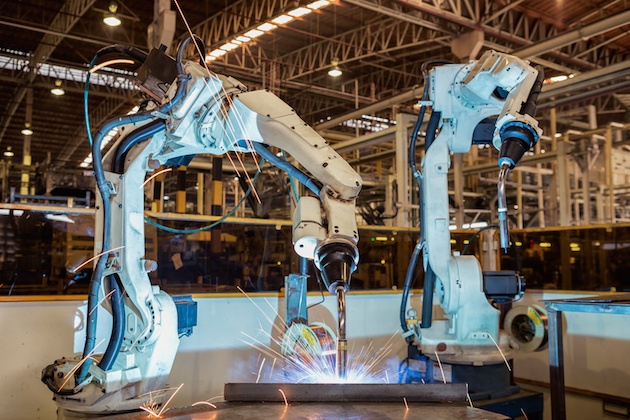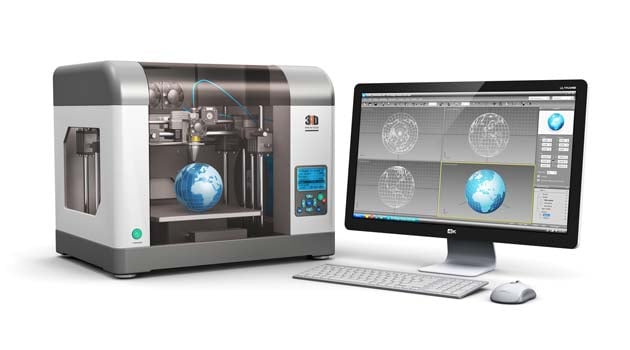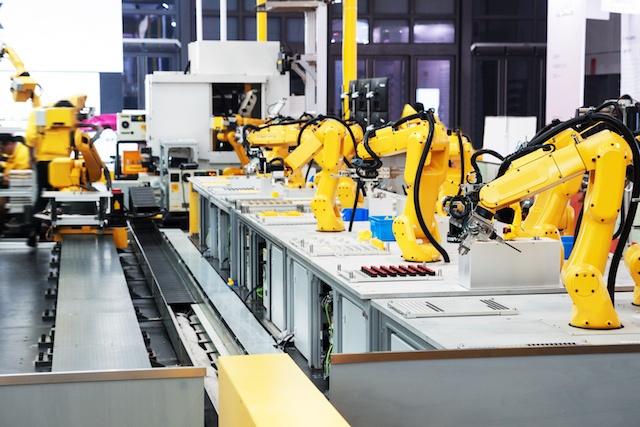
The way the manufacturing industry operates, both in the UK and globally, is undergoing a huge period of change. It is having to adapt, introducing new technologies to meet customer demand. This includes things like 3D printing, cloud-based data storage, intelligent asset management and robotics.
However, alongside the technological innovations is an altogether larger change, one that could see a whole new face for manufacturing. Manufacturing could start to adopt servitisation, which is already in use across other industries. It completely turns the traditional concept of manufacturing – create a product and sell it to a customer – on its head. However, this progression is what could make the industry profitable into the next decade.
What is servitisation?
Servitisation refers to an industry where the ‘product’ for sale is a service, usually called ‘outcome as a service’. It’s best to explain it using a common modern-day example we’re all familiar with: Netflix. Netflix is an online streaming service, where you pay a subscription to watch a selection of films and TV series. You don’t own those films or TV series, but you’re buying a service providing ongoing entertainment.
The use of servitisation in these kinds of on-demand industries seems an obvious progression. However, other sectors are beginning to apply this model. Customers pay for an on-going service, rather than a one-off product. This isn’t necessarily an immediate switch; more commonly, businesses begin by offering services alongside products. For example, Corrotherm offers a full valve service. Rather than simply purchasing a specific valve, this includes pre-sales support, on-site assistance and valve maintenance.
Levels of servitisation
Within manufacturing, there are different levels of servitisation. One step up from simply creating and selling a product, is selling a product with an associated service. This is your aftersales package, and usually includes servicing, repairs and ongoing maintenance, as required. This leads into more competitive bundles of products and services to provide customers with a complete and continuing service package. The eventual final step would be full servitisation, where you no longer sell a product, but your service is the final outcome. The product remains a company asset, which is supplied to, and maintained on behalf of, the customer.
This level of servitisation means building strong, long-term customer relationships and trust. It also means a steady income stream on a regular basis. The customer would usually pay a subscription fee for a certain level of service. For example, they may purchase a service to supply a specific piece of equipment. As well as installing the equipment you, as the manufacturer, would be responsible for monitoring its condition. This includes regular service and maintenance, replacing parts if they break and being on-call for any emergencies.
Making it work
This switch in outcome from product to service is only possible because of the latest developments in technology. The ability to monitor assets remotely and pre-empt potential repair work, is essential. Digital asset management is key; to offer a complete service, companies must implement the right software.
Any manufacturer who wants to change its business model needs to first invest in the relevant technology. For the oil and gas industry, servitisation could be the change needed to ensure it stays profitable in the future.
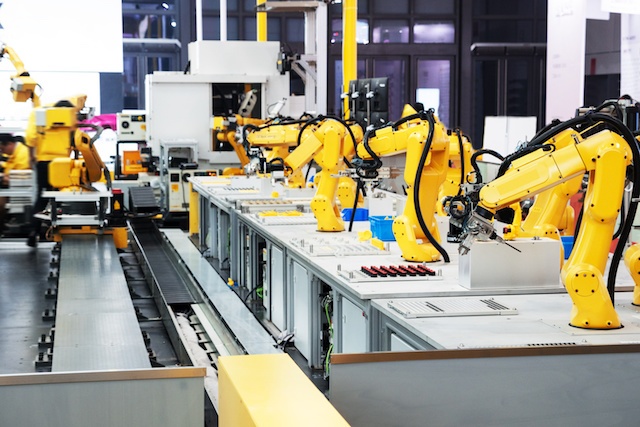 What is servitisation in manufacturing?
What is servitisation in manufacturing?